Roland Berger’s Aviation´s Roadmap to True Zero sets out a sustainable approach to eliminate climate effects from air travel.


Quick wins on the path to net-zero
Our Aviation Sustainability Index reveals the best levers to achieve rapid decarbonization gains
Airlines need to clean up their act when it comes to emissions. They know this, and there are numerous proposed solutions to decarbonize the industry. But from sustainable aviation fuels (SAF) to electric aircraft, these solutions will take time to bear fruit and will likely need to be used in combination. So in practical terms, what are the best quick wins to start bridging the gap between now and the industry’s goal of net-zero aviation? Roland Berger’s Aviation Sustainability Index report provides considerable insight.
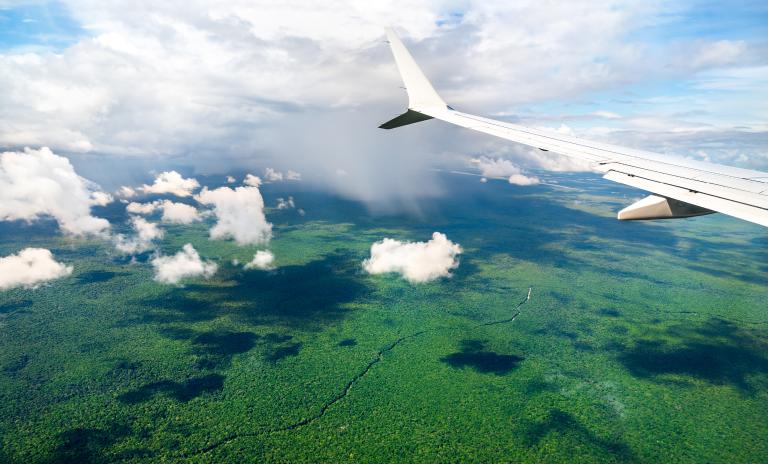
The Index, developed in partnership with OpenAirlines, assesses and compares four relatively near-term decarbonization levers – fleet efficiency, operational practices, SAF and innovation – and ranks each according to its current maturity level. It draws on data from more than 150 airlines across the globe, with the maturity of each lever scored by airline type (low-cost, legacy and cargo) and region. A novel feature is the inclusion of operational data from the airlines, making the index more reflective of real-world performance.
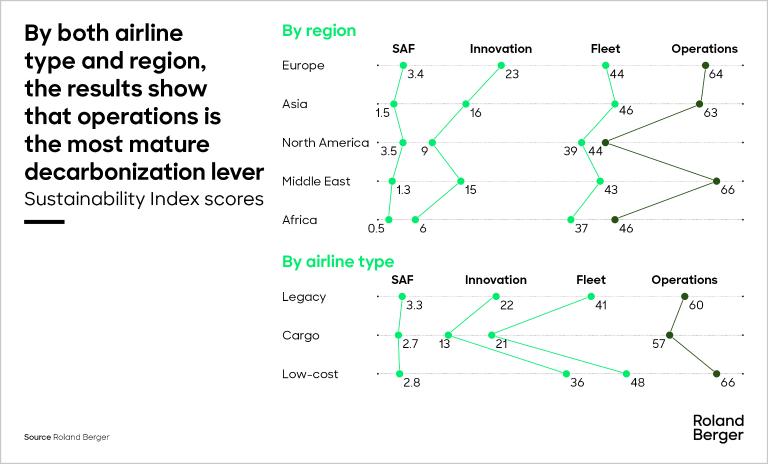
The report makes several key findings based on the Index scores, highlighting the levers with the most potential. We find that operational practices are the lever with the most potential for rapid decarbonization gains, while low-cost airlines are the most mature airline type across all levers.
Operations trumps fleet efficiency for short-term gains
The report looks at each lever in turn. In fleet efficiency, two sub-indices were used to track the fleet performance of the airlines based on the jet aircraft they use. These focused on emissions and fuel consumption per seat, and were combined to produce an overall score.
The results showed that fleet efficiency varied widely among the airline types. Low-cost airlines achieved the highest Sustainability Index score (48 out of 100), driven primarily by their low rates of fuel burn per seat. This is due to their strong fleet-renewal policies – low-cost airline fleets are on average 10 years old, compared to 12 for legacy airlines and 23 for cargo airlines. Newer aircraft showed up to 50% lower fuel burn per seat than 1980s models, driven by technological advances. Cargo airlines were the worst performers, scoring just 21, due mainly to their policy of using older aircraft and lower utilization rates. Asia was the highest-scoring region (46 points), driven by rapid fleet expansion among the continent’s airlines and good access to capital thanks to the region’s booming economies.
To assess the impact of operations as a decarbonization lever, we used OpenAirlines data to measure the maturity of six operational best practices (basic, advance and expert). These included idle reverse thrust during landing, reduced flaps at landing and engine out, taxi out before take-off. Low-cost airlines again stood out, demonstrating higher maturity in applying both basic and advanced best practices compared to other airline types. Legacy carriers performed better in expert-level practices, such as advanced contingency fuel techniques.
Regionally, scores in basic and advanced practices were broadly similar, proving that such measures can be applied regardless of location. This highlights the importance of operational practices as sustainability levers as they are the most accessible in the short term.
"Operational practices offer the highest potential for rapid decarbonization gains."
SAF and innovation driving longer-term decarbonization
SAF is seen as the most scalable near-term decarbonization lever for aviation. However, despite growing momentum, its impact is expected to remain modest to 2030 due to high costs (2-3x jet fuel) and limited supply. Our index results bore this out, showing that SAF maturity levels remain low across all regions.
Rather than assessing the low scores achieved in SAF maturity, the report instead focuses on airline procurement strategies and regional opportunities to increase supplies. Several strategies are considered, from long-term offtake agreements to kick-start SAF production to airlines forming buying consortia and government incentive schemes.
In terms of opportunities, the report finds that while all regions are struggling to scale up SAF production, some are more strongly positioned than others. Europe, for example, is well advanced, with strong European Union and British regulation on blending targets driving production.
Innovation maturity, determined based on the number of airlines equipped with fuel saving software, was also poor. Only low-cost airlines showed modest progress. As a result, the report focuses on areas with significant innovation potential. It assesses six high-potential targets, from using software to enhance fuel efficiency to improving collaboration and better connectivity. Findings included that 85% of airlines still lack a structured fuel efficiency solution, and that a substantial reduction in CO2 emissions can be achieved today if all airlines utilize AI to enhance operational efficiency.
"Low-cost carriers are at the vanguard of the push towards net-zero."
For quick-wins, think operations
The report concludes that while SAF is the key to decarbonization in the medium term, operational best practices have the highest potential for rapid decarbonization gains. In addition, fleet renewal, already an important decarbonization lever, is likely to be turbocharged by the many innovations due to come to market in the short term. The conclusion also outlines the key drivers of the transformation toward net-zero , including regulation.
For more information, download a copy of the report below, or contact one of our experts.
Register now to access the full study. Furthermore, you get regular news and updates directly in your inbox.



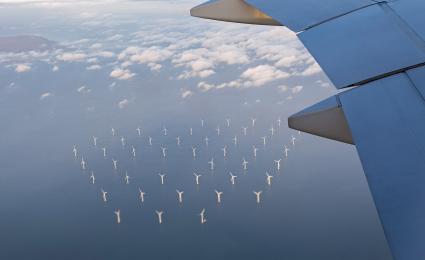
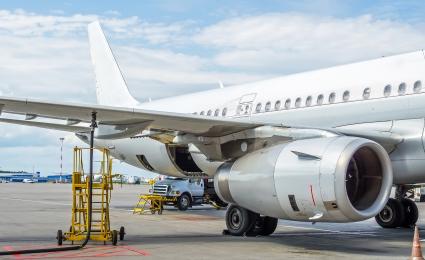

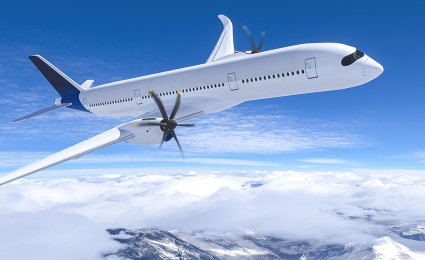
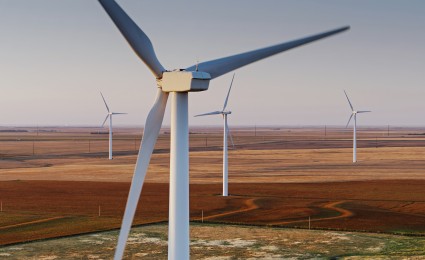




_person_320.png?v=770441)